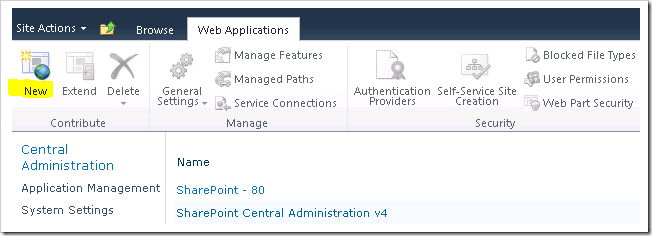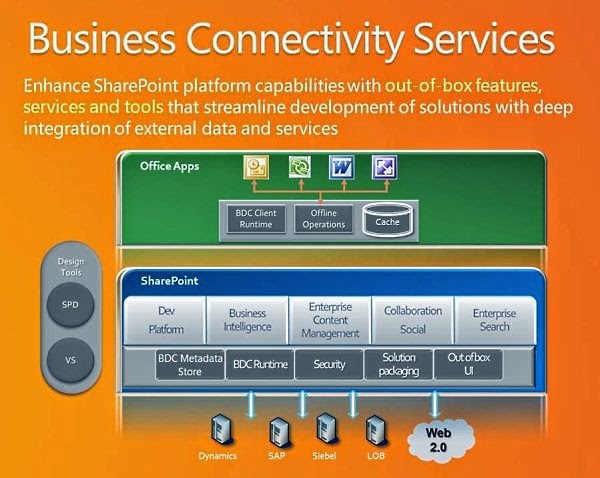Query component is at initializing state - The Server service is not started
Issue: SharePoint 2010 Query component is at initializing state. Found the following error in the event log: Component ff097580-80b1-4d0d-9e94-9cf122327c00-query-0 of search application 'Search Service App' has failed to execute transition sequence 'initialize with empty catalog' due to the following error: System.ComponentModel.Win32Exception: The Server service is not started at Microsoft.SharePoint.Win32.SPNetApi32.DeleteFileShare(String name) at Microsoft.SharePoint.Win32.SPNetApi32.CreateFileShare(String name, String description, String path) at Microsoft.SharePoint.Administration.SPServer.CreateFileShare(String name, String description, String path) at Microsoft.Office.Server.Search.Administration.QueryComponent.CreatePropagationShare(QueryComponent component) at Microsoft.Office.Server.Search.Administration.QueryComponent.ExecuteCurrentStage(). It is now in state Uninitialized. Fix: Ensure the “ Server ” servi



